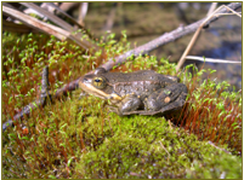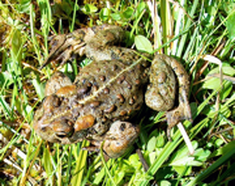Forest Fire Charcoal Sampling on the Colorado River
Charcoal from forest fires is one way carbon can be removed from the atmosphere for long periods of time. Charcoal is very resistant to decay, good for soil fertility, and lasts an extremely long time. We don’t know how much charcoal is formed by forest fires or how much carbon is taken out of the carbon cycle. This project would extend some more local studies of individual fires and charcoal formation in those fires by looking at the regional removal of charcoal by erosion and water. By getting an idea of how much charcoal is transported down the Colorado, we can get an idea of how much carbon is removed from the carbon cycle and deposited in the Pacific.
|
Where are they found and how do I find them?
|
Volunteers would gather small soil samples from locations along the Colorado River, noting the location and how fast the water is moving in that part of the river, and if the soil is taken from below the water line, the depth of the water at that location. It would be good if volunteers could take two or three samples at a given location. Ideal spots on the river would be areas where the river flow slows, which would let charcoal settle out. Also, areas shortly after confluences with other rivers would be useful, as that would let us see how the charcoal levels accumulate down stream.
The samples will be analyzed for their percent carbon and percent charcoal, then put onto a river map to see what watersheds contribute what amount of charcoal. The fire histories of those watersheds will be compared to the levels of charcoal we find.


